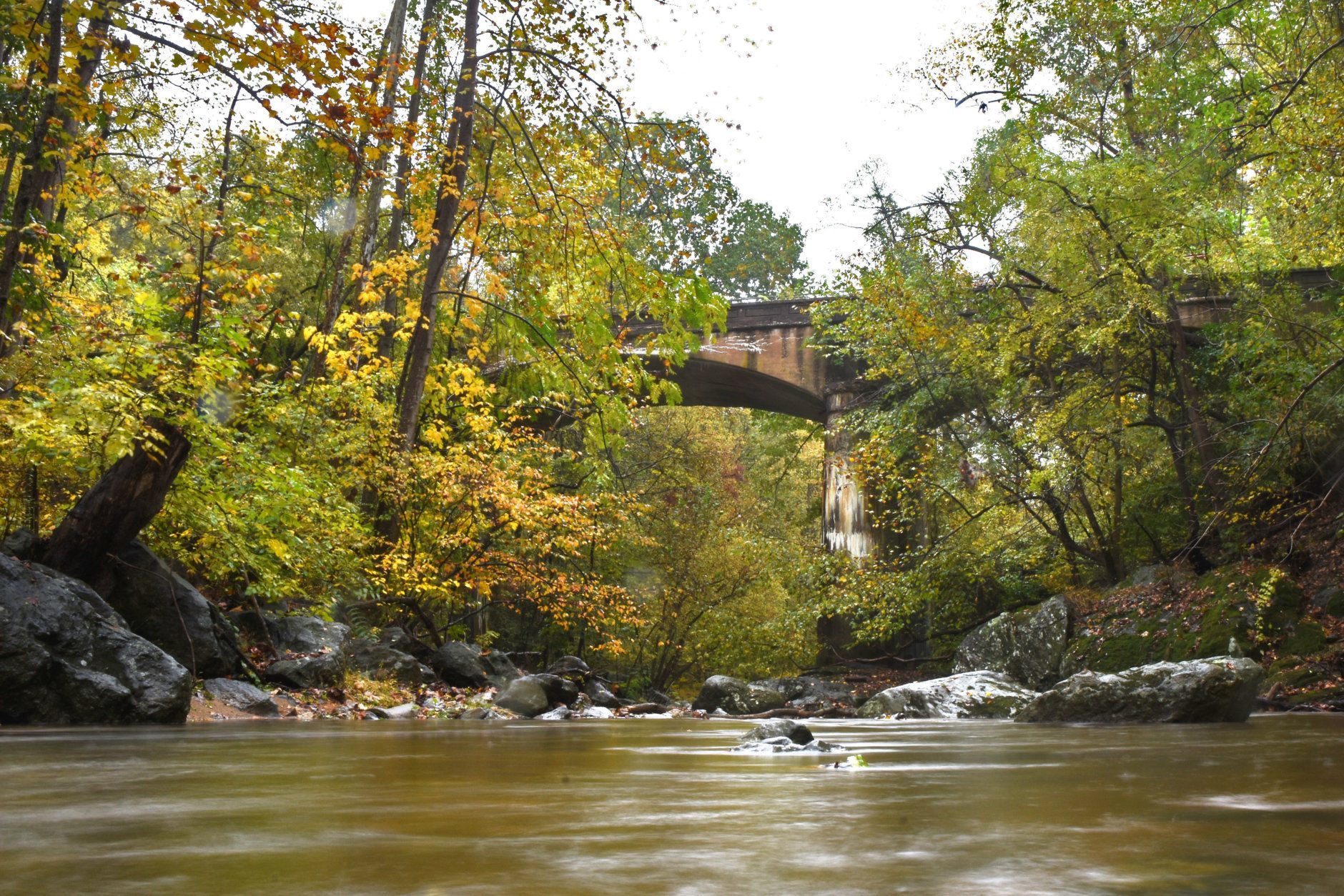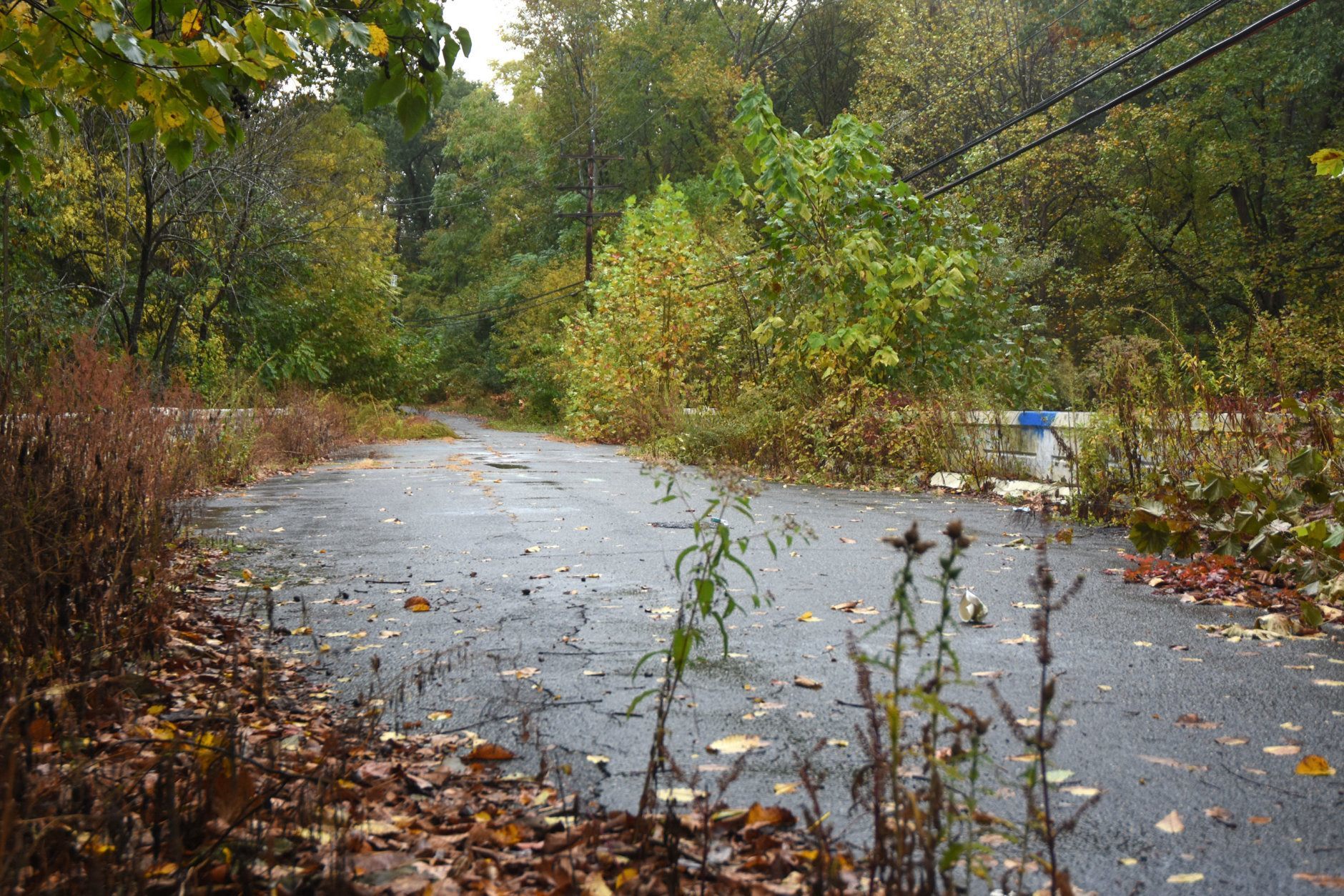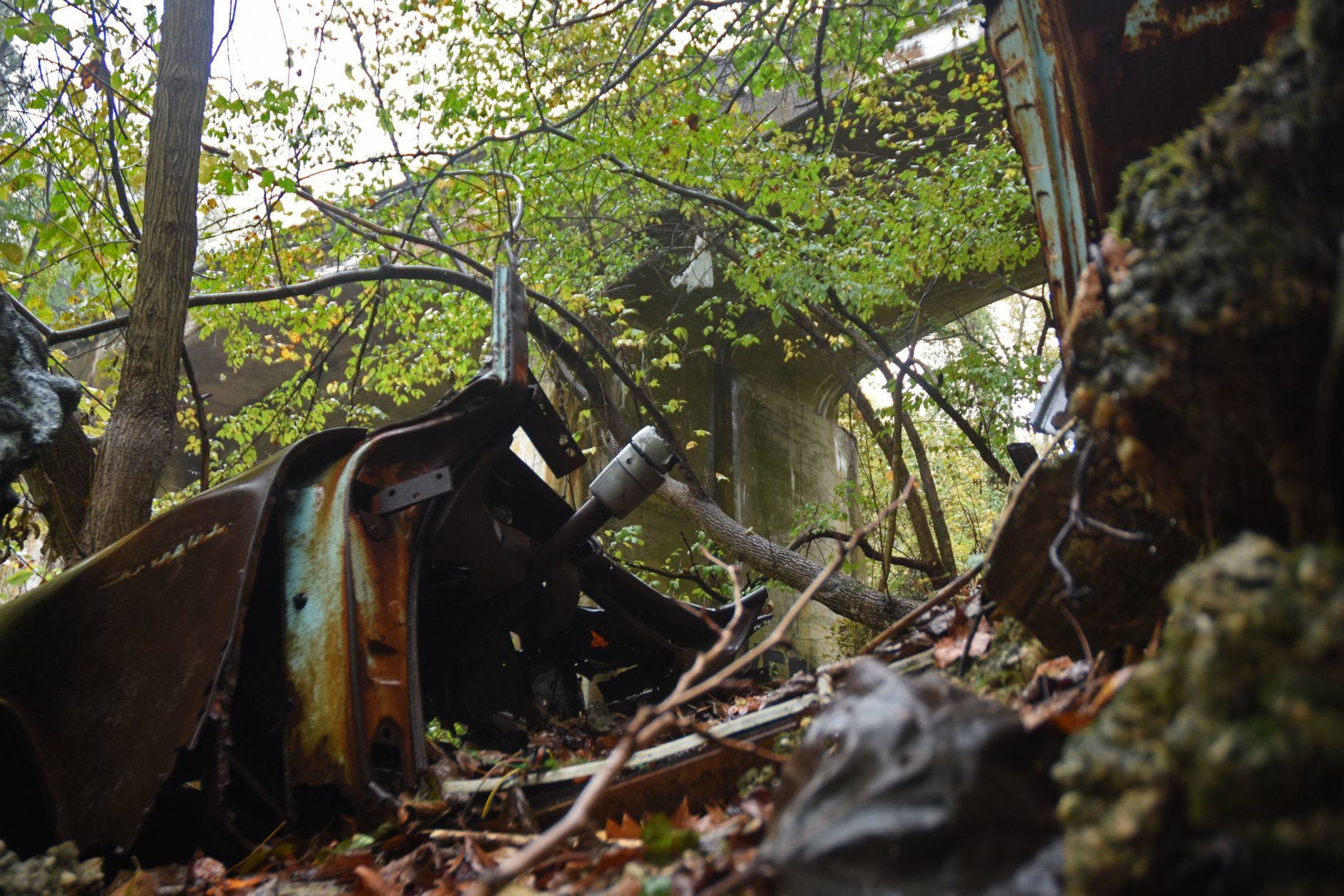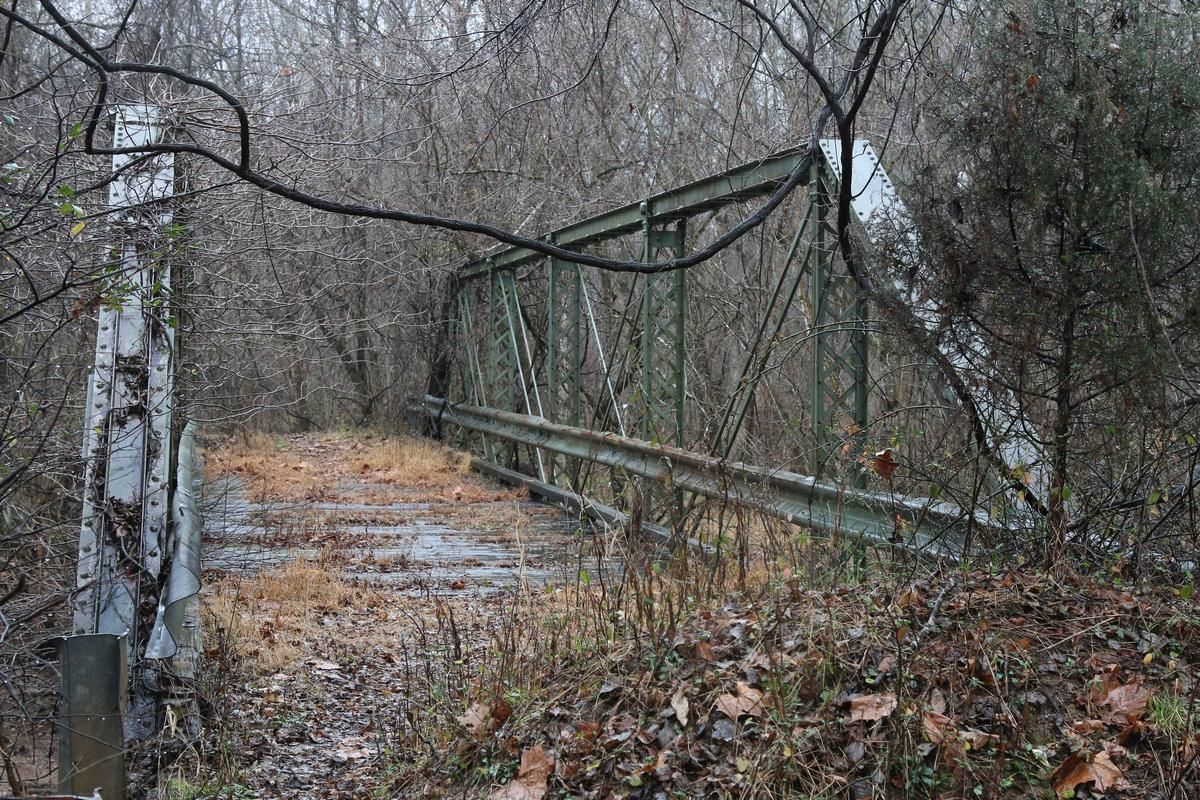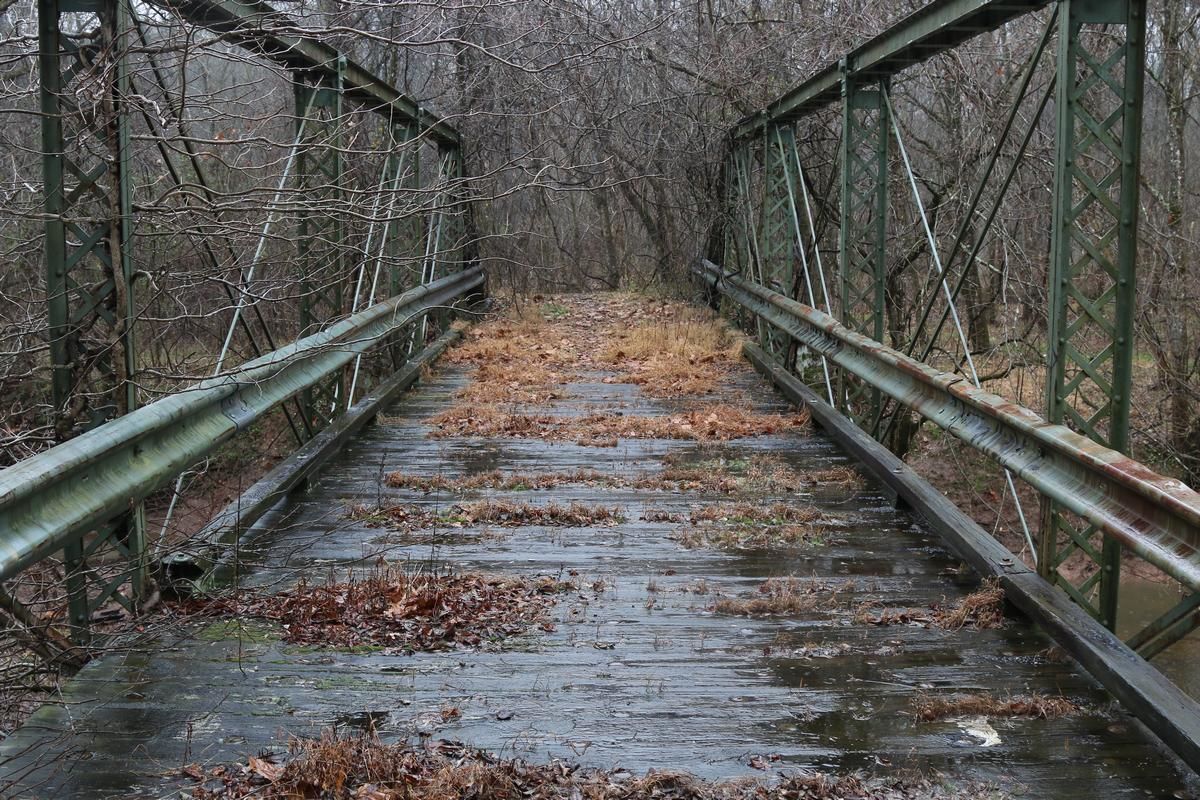By late October, as foliage thins and shadows stretch across the wayside, the faint outlines of abandoned roads and bridges lost to time and overgrowth reappear. These dilapidated D.C.-area roadways have withstood decades of harsh weather, graffiti and neglect.
Nothing is forever, not even highways. As roads are realigned and replaced, the unused curves and carriageways severed from their original course are sloughed into the woods, never to be traversed again. Vestiges of these ghost roads can live on in the underbrush for decades.
There are dozens of ghost roads scattered throughout the darker corners of the D.C. region. Traces of an old Route 1 wind through a forest in Stafford County, Virginia. About a mile of Sharperville Road withers in the marshy outskirts of Accokeek, Maryland. There are even closed roads and bridges known for their haunting lore, such as Governor’s Bridge Road in Bowie, Maryland.
This year, WTOP unearths two more bygone byways in Maryland and Virginia.
More from WTOP’s “Ghost Roads” series:
- Ghost Roads V (2018): ‘Not all who wander are lost’ on outskirts of Frederick
- Ghost Roads IV (2017): Abandoned highways in Md., Va.
- Ghost Roads III (2016): Abandoned bridges in Maryland and Virginia
- Ghost Roads II (2015): The forgotten byways of D.C. Part II
- Ghost Roads I (2014): The forgotten byways of D.C. Part I

